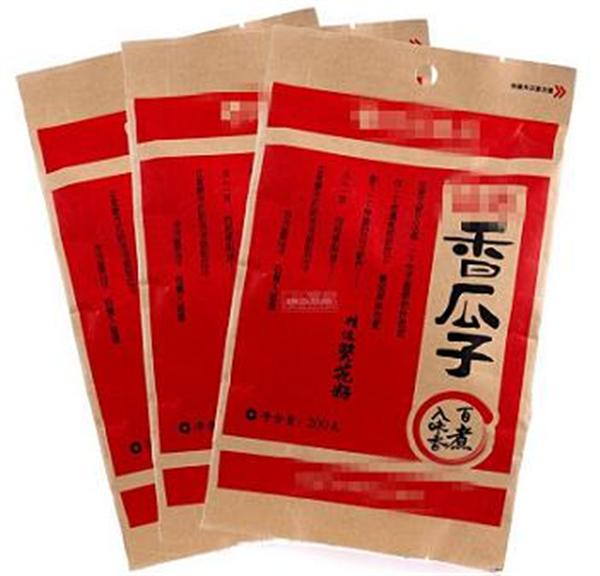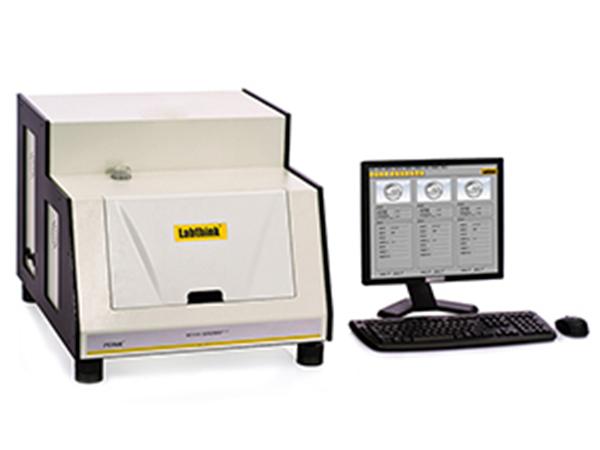Summary: Roasted seeds and nuts are highly nutritious, containing a significant amount of vitamins, proteins, and oils. It is crucial to monitor the moisture barrier properties of their packaging. This article introduces the use of Labthink Languang W3/031 water vapor transmission rate tester to evaluate the moisture barrier performance of aluminum-plastic packaging for roasted seeds and nuts. The basic testing process, detection principle, and application scope of the equipment are discussed in detail. Enterprises can refer to this method when selecting moisture permeability testing equipment. Keywords: Roasted products, high barrier, moisture barrier, weighing method, water vapor transmission rate, water vapor transmission rate test system 1. Significance Roasted seeds are popular snack foods made from dried or fried plant fruits such as sunflower seeds, broad beans, peanuts, walnuts, chestnuts, and beans. These products are typically packaged using materials like plastic composite films, aluminum-plated films, aluminum-plastic composites, paper-aluminum-plastic composites, and plastic cans. The packaging must have excellent moisture-proof properties because these products are prone to absorbing moisture in high-humidity environments, leading to mold growth, spoilage, and changes in taste. Ensuring the moisture barrier performance of the packaging is essential to maintain product quality and extend shelf life. 2. Guidelines Common methods for testing the moisture barrier of composite films in China include the weighing (cup) method, electrolysis method, infrared method, and humidity method. Relevant standards include GB/T 1037 (cup method), GB/T 21529 (electrolytic sensor method), GB/T 26253 (infrared detector method), and GB/T 30412 (humidity sensor method). This paper follows GB/T 1037-1988, which uses the cup method for testing water vapor permeability. 3. Test Sample A food company used various roasted products packaged in paper-aluminum-plastic materials for testing. 4. Test Equipment The W3/031 Water Vapor Transmission Rate Tester, developed by Jinan Languang Electromechanical Technology Co., Ltd., was used in this study. 4.1 Test Principle The W3/031 uses the weighing method for moisture permeation. A controlled humidity difference is created on both sides of the sample at a set temperature. Water vapor passes through the sample into the dry side, and the change in weight over time is measured to determine the water vapor transmission rate. 4.2 Scope of Application This equipment is suitable for testing water vapor transmission rates in plastic films, sheets, paper, cardboard, textiles, non-woven fabrics, and more. It supports a wide range of international and national standards, including GB 1037, ASTM E96, ISO 2528, and others. 4.3 Device Parameters - Test Range: 0.1 ~ 10,000 g/m²·24h 5. Experimental Procedure (1) Cut samples with a diameter of 74 mm. 6. Test Results The water vapor transmission rates obtained were: 3.5612 g/(m²·24h), 5.1637 g/(m²·24h), and 0.8231 g/(m²·24h). 7. Conclusion The W3/031 water vapor transmission rate test system is a reliable tool for evaluating moisture barrier properties of packaging materials. It offers high accuracy, ease of use, and good repeatability. Testing three samples revealed that the third one had the best moisture resistance. In addition to moisture barriers, it's also important to consider oxygen barriers, sealing performance, and heat-seal strength for roasted seeds and nuts to prevent oxidation and prolong shelf life. Industrial Mini Computer,Compact Industrial Pc,Industrial Fanless Mini Pc,Industrial Nuc Pc Guangdong Elieken Electronic Technology Co.,Ltd. , https://www.elieken.com
Figure 1: Roasted goods with paper-aluminum-plastic packaging
Figure 2: W3/031 Water Vapor Transmission Rate Tester
- Number of Samples: 1 ~ 3 pieces (independent data)
- Resolution: 0.0001 g
- Temperature Range: 15°C ~ 55°C (±0.1°C accuracy)
- Humidity Range: 10%RH ~ 98%RH (standard 90%RH, ±1%RH accuracy)
- Integrated with Lystemâ„¢ for data sharing and management.
(2) Install the sample on the moisture permeable cup and close the glass seal door.
(3) Set parameters like sample name, thickness, temperature, and humidity.
(4) Start the gas source and click "Start Experiment".
(5) After the test, the instrument automatically calculates and displays the results.